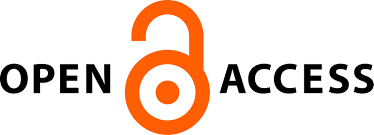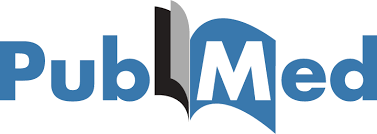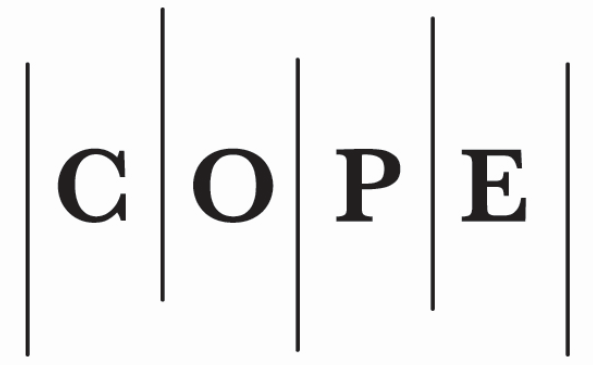EFFICIENCY ANALYSIS OF COMPANIES OPERATING IN THE PHARMACEUTICAL INDUSTRY IN THE VISEGRAD COUNTRIES
##plugins.themes.bootstrap3.article.main##
Abstract
The research's primary aim was to examine the corporate efficiency of the significant companies in the Visegrad countries' pharmaceutical industry the Value Added Intellectual Coefficient (VAIC) model. The second aim was to find any relationship between VAIC components and firm profitability ratios by country. The data for the analysis were downloaded from the EMIS database for the years 2016-2019. Several statistical methods (ANOVA, correlation analysis, t-test, panel model) were used to analyse and compare companies by country. Based on the analysis of variance, it can be concluded that the individual companies differ statistically significantly in terms of the VAIC indicator and its components. It was confirmed that the countries do not differ statistically significantly in VAIC and its components using the pair-wise t-test. It can be concluded that there is a weak or strong moderate correlation between selected profitability ratios (ROS, OROS, ROA, OROA) and VAIC and its components, except for the Capital Employed Efficiency ratio. An acceptable correlation can be determined between the operational Return on Assets ratio and VAIC components using the panel model. Furthermore, all regression coefficients of the model are significant for three countries (Hungary, Poland and Slovakia), and the determination coefficient is also relatively high.
##plugins.themes.bootstrap3.article.details##
Authors contributing to Intellectual Economics agree to publish their articles under a Creative Commons Attribution 4.0 International Public (CC BY) License, allowing third parties to share their work (copy, distribute, transmit) and to adapt it, under the condition that the authors are given credit, and that in the event of reuse or distribution, the terms of this licence are made clear.






